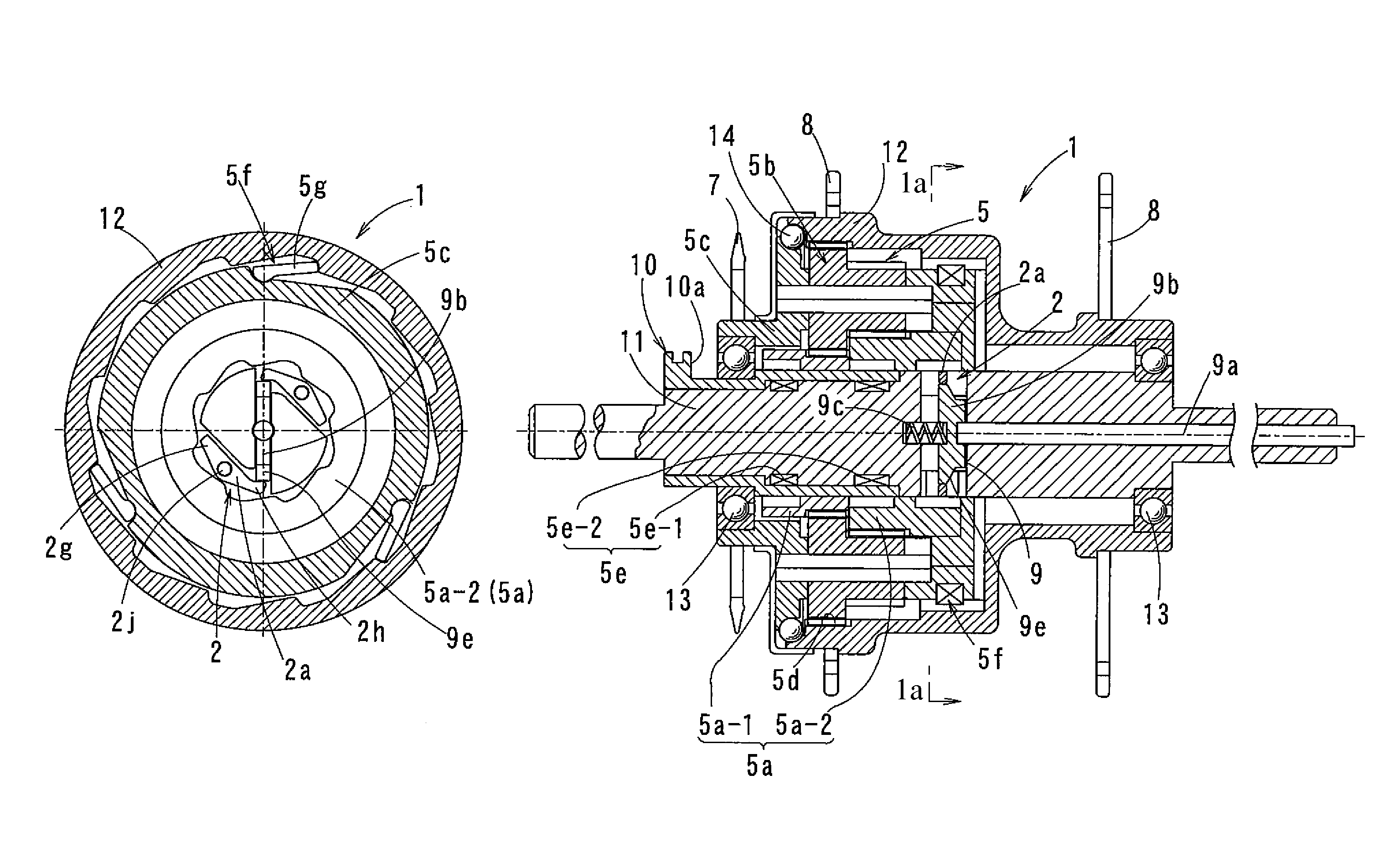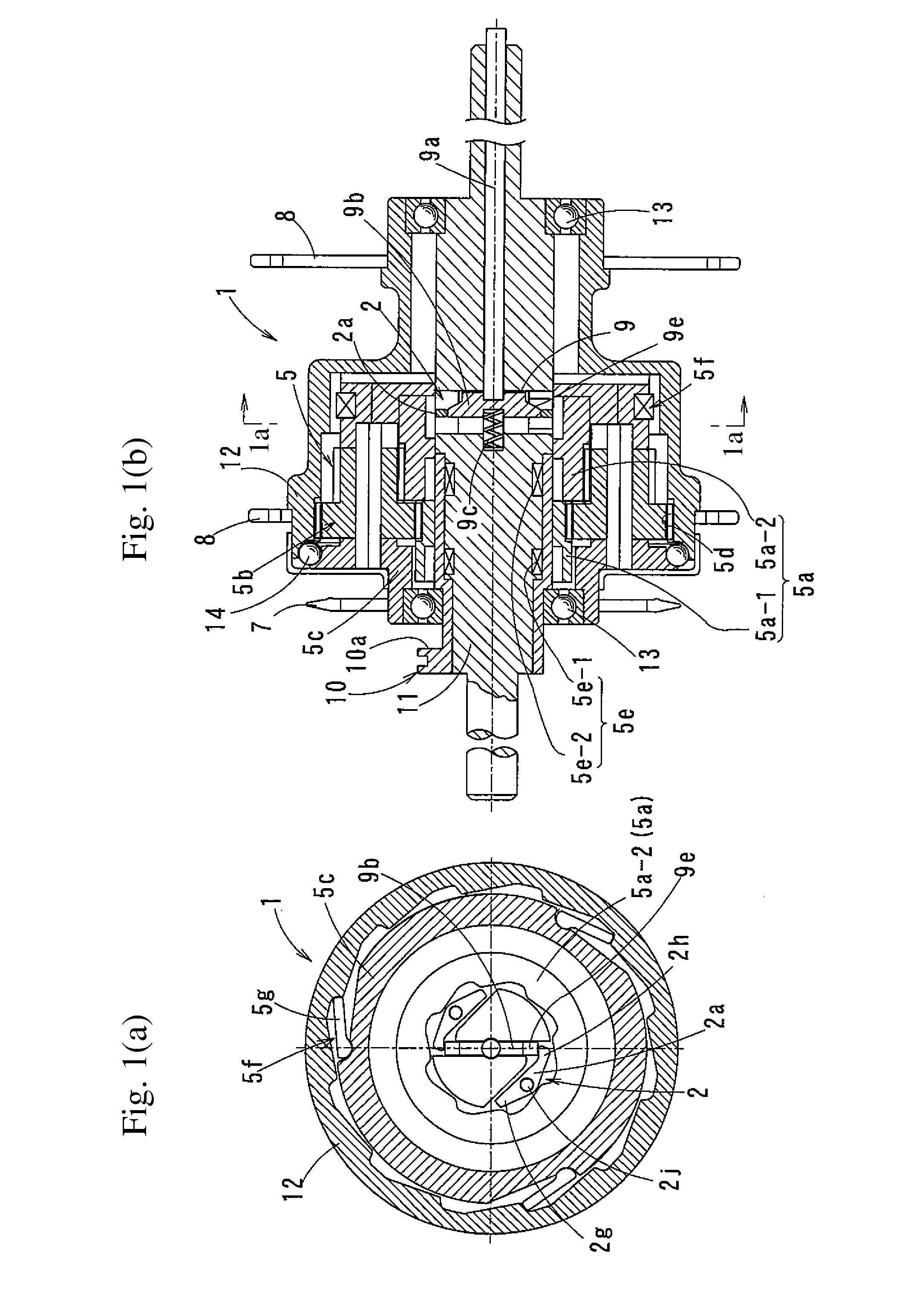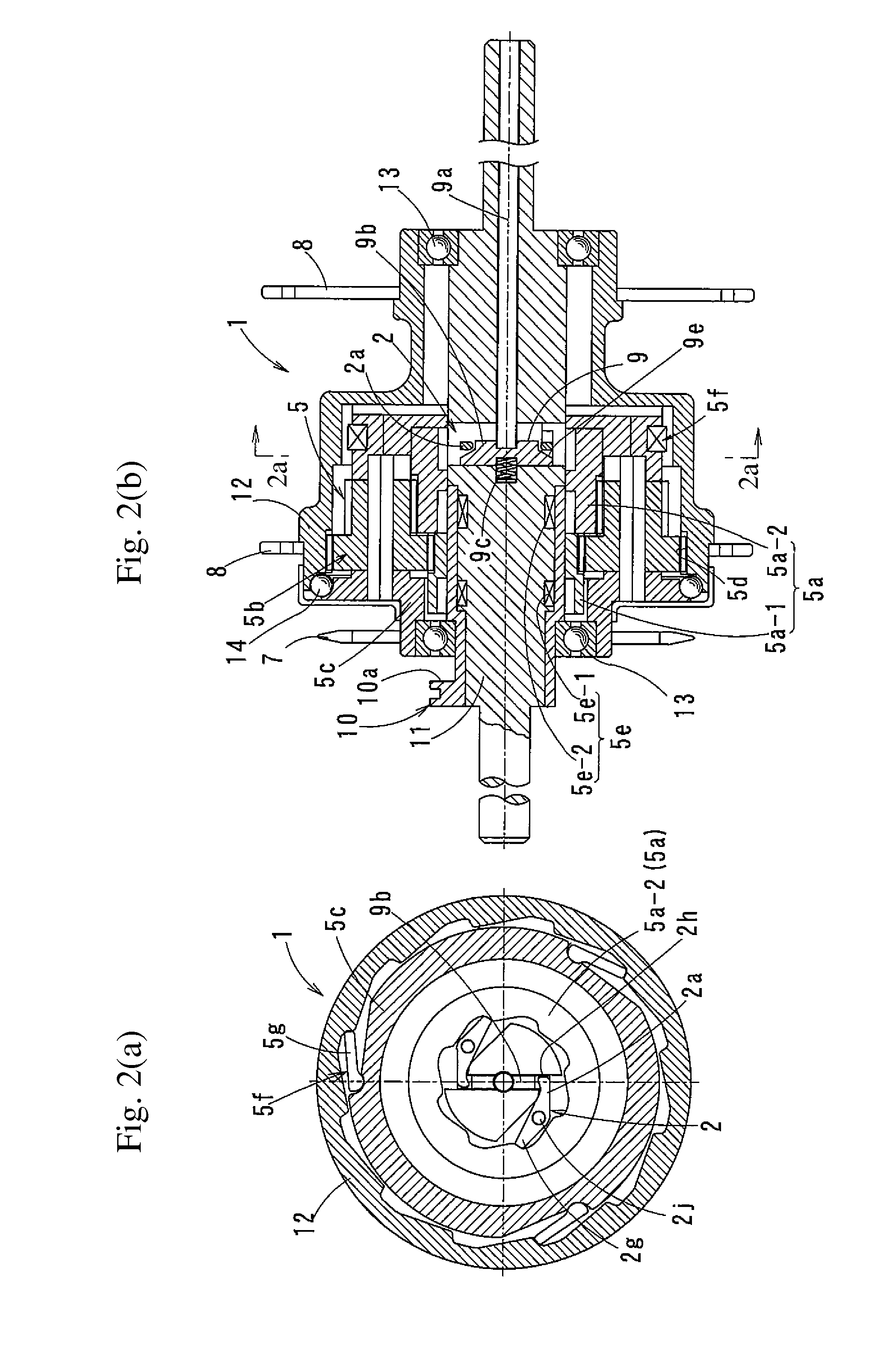Power assisted bicycle with regenerative function
a technology of regenerative function and power assisted bicycle, which is applied in the direction of mechanical actuated clutches, interlocking clutches, transportation and packaging, etc., can solve the problems of long distance between the motor and the secondary battery, difficult mounting both the motor and the transmission on the rear axle, and difficulty in steering. to achieve the effect of improving the steering ability of the bicycle, saving assisting power, and increasing the distance the bicycle can travel
- Summary
- Abstract
- Description
- Claims
- Application Information
AI Technical Summary
Benefits of technology
Problems solved by technology
Method used
Image
Examples
first embodiment
[0128]FIGS. 1 and 2 show the first embodiment of the present invention. The power-assisted bicycle of this embodiment is of the center-motor type in which a secondary battery and a drive-assisting motor (center motor unit C) are mounted on a frame connecting the front and rear wheels together at around the center between the front and rear wheels.
[0129]FIG. 27 is a side view of a typical power-assisted bicycle B that represents each of this and the following embodiments. With this bicycle, manual force applied to the pedals 70 is transmitted to the axle 11 of the rear wheel through a driving force transmission mechanism comprising a crankshaft 71, front sprocket 74, chain 73 and rear sprocket 7. The output of the motor is also added to the driving force transmission mechanism, thereby assisting in driving the bicycle.
[0130]Typically, as shown in FIG. 27, the center motor unit C is mounted near the crankshaft 71 with its battery 76 for driving the motor mounted in juxtaposition with ...
second embodiment
[0165]FIGS. 3 and 4 show the second embodiment of this invention. While the one-way clutch 2 for reverse input of this embodiment comprises a ratchet clutch as in the first embodiment, the clutch switching device 9 comprises a rotary member 9d extending along the axle 11. Otherwise, this embodiment is basically identical in structure to the first embodiment.
[0166]The rotary member 9d of this embodiment is a tubular member extending along the outer periphery of the axle 11 so as to be rotatable about the axle 11 relative to the axle 11. The rotary member 9d has circumferentially spaced apart slits 9f.
[0167]In the normal state, as shown in FIG. 3(a), the clutch pawls 2a of the one-way clutch 2 for reverse input are pivoted radially inwardly by the rotary member 9d.
[0168]When the rotary member 9d is rotated relative to the axle 11 until the slits 9f are radially aligned with the respective clutch pawls 2a, the clutch pawls 2a disengage.
[0169]When the clutch pawls 2a disengage, as sho...
third embodiment
[0176]FIGS. 5 and 6 show the third embodiment of the present invention. The one-way clutch 2 for reverse input of this embodiment comprises a roller clutch. Otherwise, this embodiment is basically of the same structure as the second embodiment.
[0177]As shown in FIG. 5, the one-way clutch 2 for reverse input of this embodiment comprises an outer ring 2d, an inner ring 2c, which is the axle 11, and rollers 2a′ configured to engage cam surfaces 2i formed on the axle 11 as the inner ring 2c.
[0178]The one-way clutch 2 further includes a retainer 2d for the rollers 2c which is directly coupled to the rotary member 9d of the clutch switching device 9.
[0179]The retainer 2d is coupled to the rotary member 9d such that in the normal state, each roller 2a′ is located in the widest area of a wedge-shaped space defined between the inner peripheral surface of the outer ring 2b and one of the cam surfaces 2i of the inner ring 2c (circumferential central portion of each of the cam surfaces 2i show...
PUM
 Login to View More
Login to View More Abstract
Description
Claims
Application Information
 Login to View More
Login to View More - R&D
- Intellectual Property
- Life Sciences
- Materials
- Tech Scout
- Unparalleled Data Quality
- Higher Quality Content
- 60% Fewer Hallucinations
Browse by: Latest US Patents, China's latest patents, Technical Efficacy Thesaurus, Application Domain, Technology Topic, Popular Technical Reports.
© 2025 PatSnap. All rights reserved.Legal|Privacy policy|Modern Slavery Act Transparency Statement|Sitemap|About US| Contact US: help@patsnap.com



